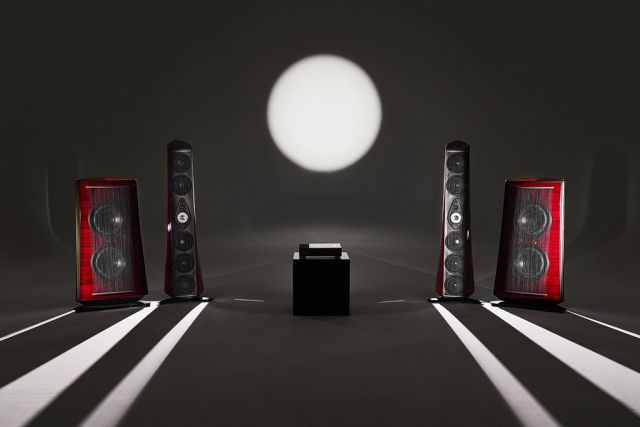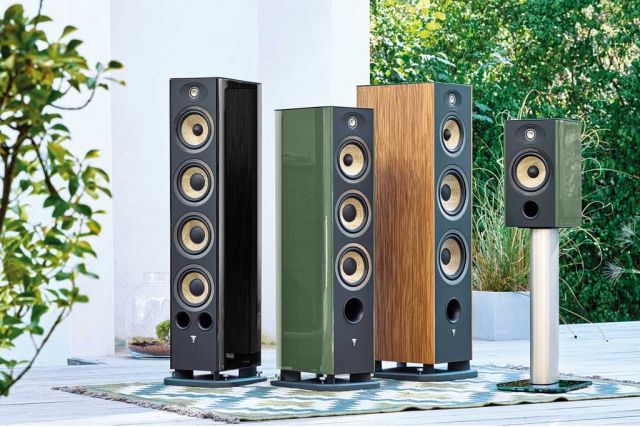
- Articles
- Posted
How to connect a computer to a stereo system
Ten years ago, listening to music from the computer was regarded in the audiophile circle as cheap entertainment designed for people not interested in the quality of sound and audio equipment. That way of thinking was popular for a reason. Firstly, the quality of the files. When the high-speed internet was not widespread, music was only available in highly compressed MP3 files. Data transmission speed wasn't the only problem. If someone decided to purchase one of the first portable MP3 players, they probably wouldn't have had more than 32 or 64 MB of space. Secondly, hardly anyone used something more serious than plastic speakers for $10. Using the computer as a signal source was regarded as a perversion. Thirdly, having the audio files meant that they were illegally downloaded from the network, which is obviously unethical.
Nowadays, it may seem ridiculous but being interested in high-quality audio, computers, and files at once was considered bad and dull. Now many people realize that music played from a computer may sound even better than from a CD player. There are no read errors, laser problems and the quality of files can be better. Even if we don't have a secret ambition to build a computer-based audio system able to chase high-end CD players, we can connect our PC permanently to an amplifier and speakers at least. But where to start and how to choose the right devices? You will find all the answers in our short guide.
It's best to start with what we already have. Do you have a laptop or desktop computer? Have you already built a complete hi-fi system or not? If you start from scratch, you can choose an amplifier with USB input, connect it to your computer and that's all. However, this causes two problems. Firstly, most amplifiers and micro-systems don't have such a slot. Maybe after a couple of years, the USB input will be almost compulsory, but now some amps have it and some do not. The second problem is the sound quality of sound that can be achieved with USB input. Many audio manufacturers treat this port as an insignificant addition. Often the USB input is connected to the circuit the size of a pack of matches. If we have a computer only (a desktop or a laptop) and a device with RCA input (amplifier, AV receiver, or a micro stereo system), we can buy a product to put between them and connect those two pieces. What can it be?

Solution No. 1 - Bluetooth
What Bluetooth is and how it works probably doesn't need to be explained. Some of us use it almost intuitively, connecting our phone or laptop with wireless headphones, portable speakers, and other devices at home. Naturally, it's a simple and convenient solution, the presence of which may make us consider any other way of connection unnecessary and too complicated. An unquestionable advantage of this method is the variety of devices that we can connect to the computer via Bluetooth. It can be a single wireless speaker, a small stereo system, a pair of active loudspeakers, or even a high-end audiophile amplifier connected to powerful speakers.
Unfortunately, apart from its undoubted pros, Bluetooth also has its drawbacks. The first one is potential connection problems. It happens even with the devices of well-known brands. For unknown reasons something disconnects, our computer suddenly stops recognizing our audio device, so from time to time, we have to pair them again. Some users also complain about the connection range, especially if the computer is positioned far from the receiver or if these elements are separated by obstacles. Choosing a Bluetooth connection also means that in addition to playing music, you will also hear system alerts, messengers, antivirus scan prompts, or email notifications. And while in the case of a mobile speaker this is not a big problem, with the home equipment it may be difficult to accept in the long run. We can, of course, mute all notifications, but this is not a great solution, is it? If you use your laptop for a long time without charging it, you should also be aware of the higher power consumption. Just like during listening to music from your phone, Bluetooth will drain your battery a bit.
The biggest downside of a wireless connection is the sound quality. Of course, with the introduction of new Bluetooth standards, this is improving. We now have various codecs, such as aptX HD, so you can listen to high-resolution music wirelessly. Ultimately, however, the sound quality is still simply inferior compared to connecting the computer to a good DAC via a USB cable.
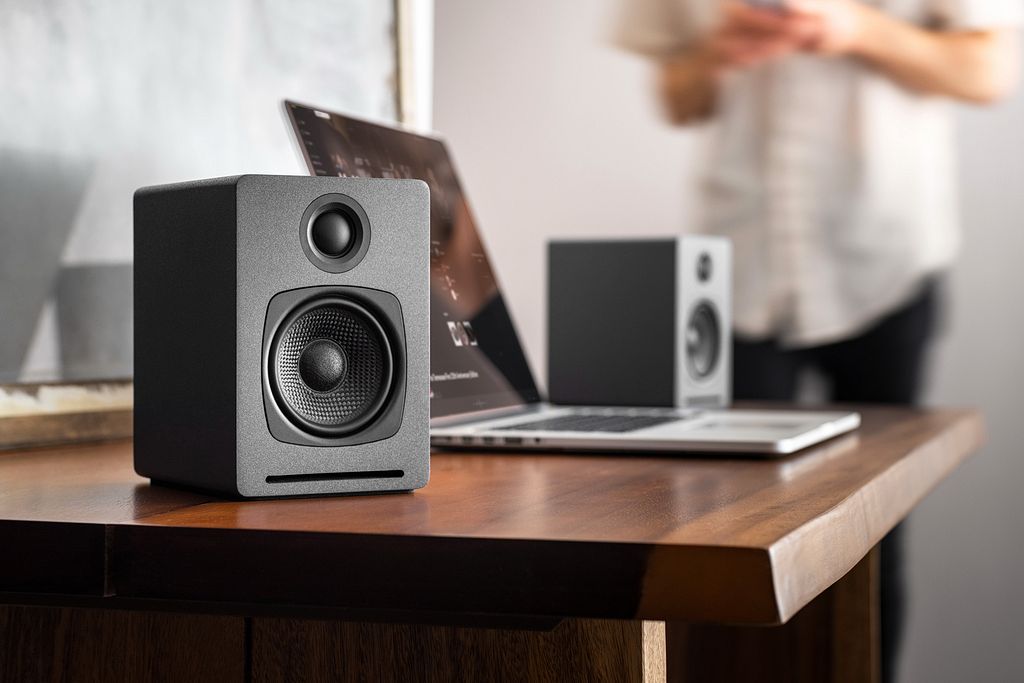


Solution No. 2 - Cable
For some, the easiest way of connecting the computer to the audio system without the need to purchase additional equipment is to get the right cable. Every computer has a 3.5 mm headphone jack, called a mini-jack. For desktops, it depends on the computer subassemblies. Usually, we can find the audio output on the motherboard, near to those for the mouse and keyboard. So there is no problem buying a long cable with a mini-jack on one side and a twin RCA plug on the other. A cable like this you can pick up for a few dollars. If you don't want to have the cheapest wire, you can buy one made by companies like Monster Cable or Audioquest. We can find these connectors as 'cables for your iPod' or simply as RCA interconnects or Jack-Phono Cable. This solution has two major disadvantages - the sound quality and the noise. A standard sound card connected to the amplifier with a fairly long cable is not able to give us high-quality sound without any noise or hum. But it's the easiest way. If your computer has the right sockets, you can also try a digital cable connection. The only question is whether we will have anything to connect it to on the other side.

Solution No. 3 - Sound card
This solution is only for the owners of desktops. If you have a modern PC, you can think about installing a serious sound card inside it. Many models were designed only to connect PC to some rubbish, tiny speakers, but we can also find products recommended by audiophiles and professional sound engineers. These usually have two sets of RCA outputs or a 6.3 mm jack instead of a mini-jack. Usually, the installation of this card is very easy because most of them have a PCI Express connection. The software configuration depends on a specific model, but it won't be a problem for people with average computer skills. Manufacturers of such cards include all the necessary drivers and software to allow precise volume setting for the selected input or monitor the work and the settings of the card.
There are many advantages of this solution. The first one is simplicity - not worse than the cable solution. Here we need a standard RCA interconnect, but - it's important - if you already have a good sound card, you should invest in a decent cable. Miserable wire spoils the effect and - the longer the cable, the more trouble it causes. The other benefit is the lack of any limits on the quality of the playback file. If we're talking about decent sound cards, these are usually equipped with a 24-bit D/A converter capable to work with signals up to 24 bit/192 kHz. The total cost of such a sound card should be less than $400 or a bit more if you want to buy something truly hardcore.
Of course, there are also some disadvantages. The first one is the need to make a computer as silent as possible. If the PC is your audio source, it can't be louder than the CD player. But even a complete desktop computer without any improvements can be a perfect audio source in our living room. The basis is appropriate CPU and graphics cooling. You can also buy a high-quality computer case or a passively cooled graphics card, replace a power supply and computer fans with these super-silent ones and you're pretty much there. Not to mention some more hardcore water-cooling solutions. All these things can make your PC almost completely silent. Is it worth it? It depends whether our PC is a home entertainment center or is it just used occasionally. It is a good option for people who use their computer very often and rarely turn it off.
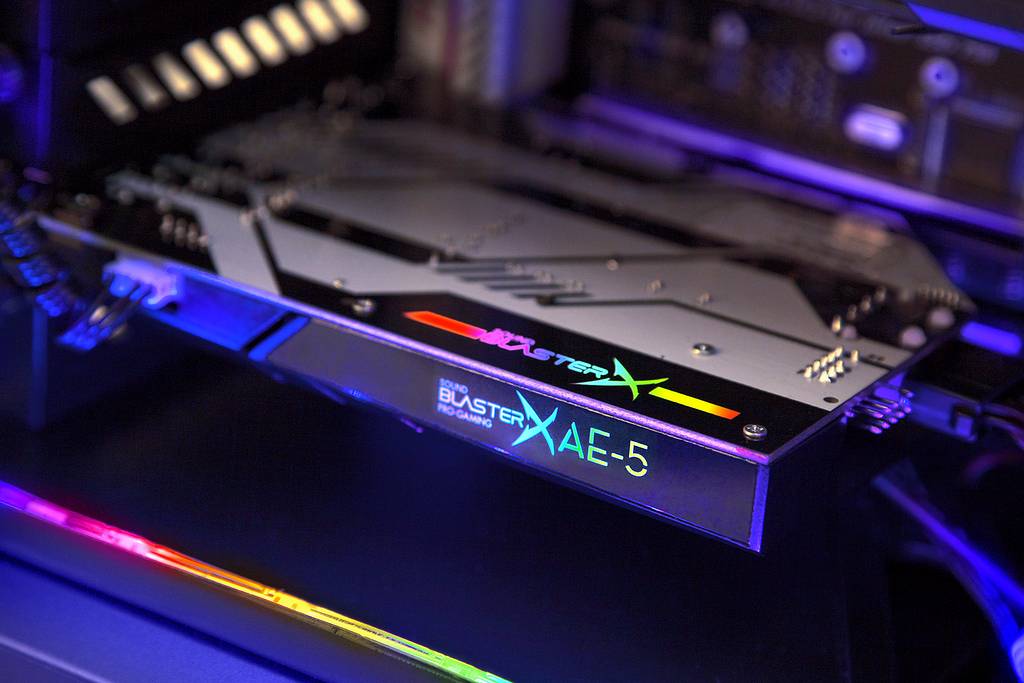


Solution No. 4 - D/A converter
Historically, the DAC was seen as a device for improving CD player's performance. Today it is used for listening to music from a computer, and this time it doesn't matter whether it is a big PC, laptop, or even a tiny netbook with a 10-inch screen. Your computer should have a USB slot and an operating system suitable for the particular DAC model. The DAC can be of any shape and size. The most common devices are the size of the external drive or a small amplifier. They are equipped with the most commonly used connectors and functions - USB input, analog output (two RCA sockets), and some bonuses like a digital (coaxial or optical) output, a headphone jack, etc. Some of the most popular at the moment are Pro-Ject Dac Box E, iFi Audio iDSD, Musical Fidelity V90-BLU5, Chord Qutest, and PS Audio NuWave DSD. There are also smaller D/A converters, designed mostly to connect a computer to the headphones, like AudioQuest DragonFly Black. If we want to push our DAC to the very limit, we have to buy the device worth as much as a CD player. Many audiophiles point to expensive DACs as a better audio source. NuPrime DAC-10, Hegel HD30, Chord Hugo 2, MSB Analog DAC, Meitner MA-1... The list is long.
Pros of the DAC? First of all - the quality of sound. Of course, it will depend on the device, but you can expect the quality of sound which will absolutely satisfy most audiophiles. If we spend a little more than $400, the effect may be similar to a good sound card. If, however, we jump to the segment of $1000-2000, the DAC wins with the sound car in a jiffy. Cons? We need to find space for the additional devices, as well as a few extra dollars for the power cable, USB cable, and analog interconnect. You also have to consider the compatibility of the DAC with your operating system and the ability to play files in the quality of 24 bit/192 kHz. Theoretically, most available DACs can do it, but... Not always via the USB input. We can use a USB-SPDIF converter and plug it into the coaxial input of the DAC. This is not a comfortable solution though. But if you choose the appropriate DAC and properly configure your computer, you shouldn't have any problems with hi-res files. The cost may be a bigger problem. Basic, small DACs cost a few hundred dollars. High-end ones are much more expensive. But if someone listens to the music from an audio system worth as much as a new sports car, it shouldn't scare them.
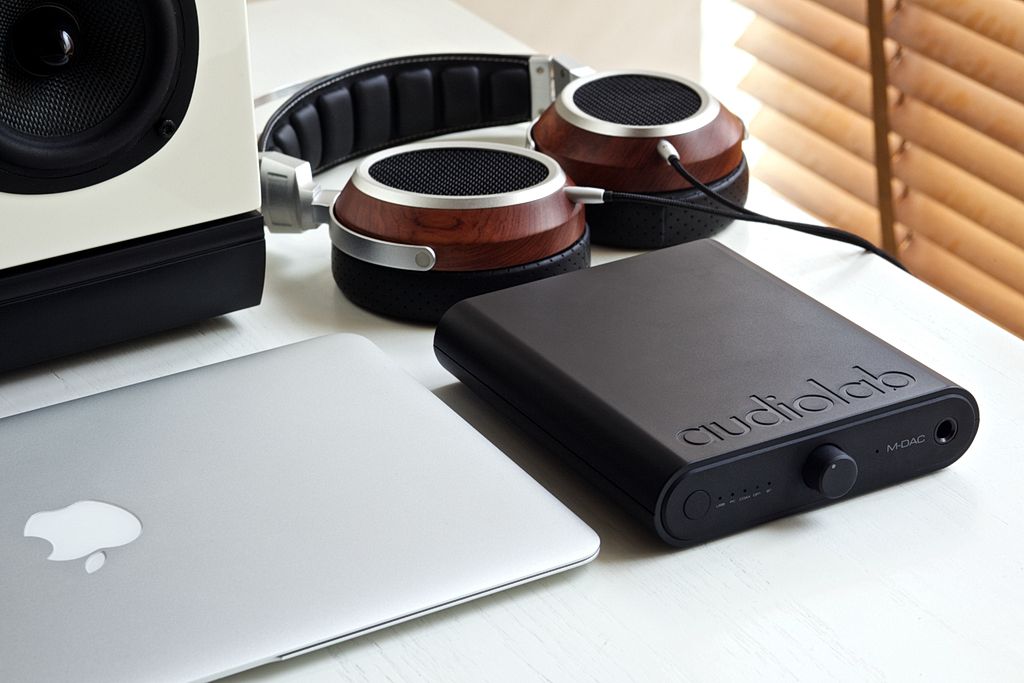



Solution No. 5 - Network player
It's a way to replace the computer with a device that is a part of the audio system in fact. Network players (streamers) appeared on the market at roughly the same time as DACs. The idea is different - the network player is connected to the LAN and we can listen to whatever we want - audio files from a PC or NAS drive, internet radio, and even music from your phone or tablet. The network connection can be wired (RJ-45) or wireless (Wi-Fi). Some of the streamers can also work as DAC. Auralic Vega V1 is a good example. Manufacturers often give us additional possibilities, like the ability to control the player using a dedicated application for iOS or Android devices. Cool? For many users, definitely. But what about the quality of sound? Currently, the market is dominated by players costing $1000-2000. As you can probably guess, they offer quality similar to DACs worth $700-1300. More or less, that's the case. However, there are more and more streamers designed for more demanding listeners and their prices can reach $10000 (like Naim NDS 2). Another downside of network players is that not all of them have a normal USB input. If you buy a streamer without this slot, you aren't able to listen to absolutely everything from your computer, like YouTube movies for example. Many audiophiles care about the ability to listen to music without interruptions (gapless playback). A player that doesn't support this can be annoying in the case of live recordings. You don't have this problem in any of the previous solutions. And finally, the last flaw - the price. Pros? Of course, functionality and the possibility to buy a network player which matches the design of other audio components. Adding the next device to the systems by Marantz, Denon, Yamaha or Naim will not be a problem.
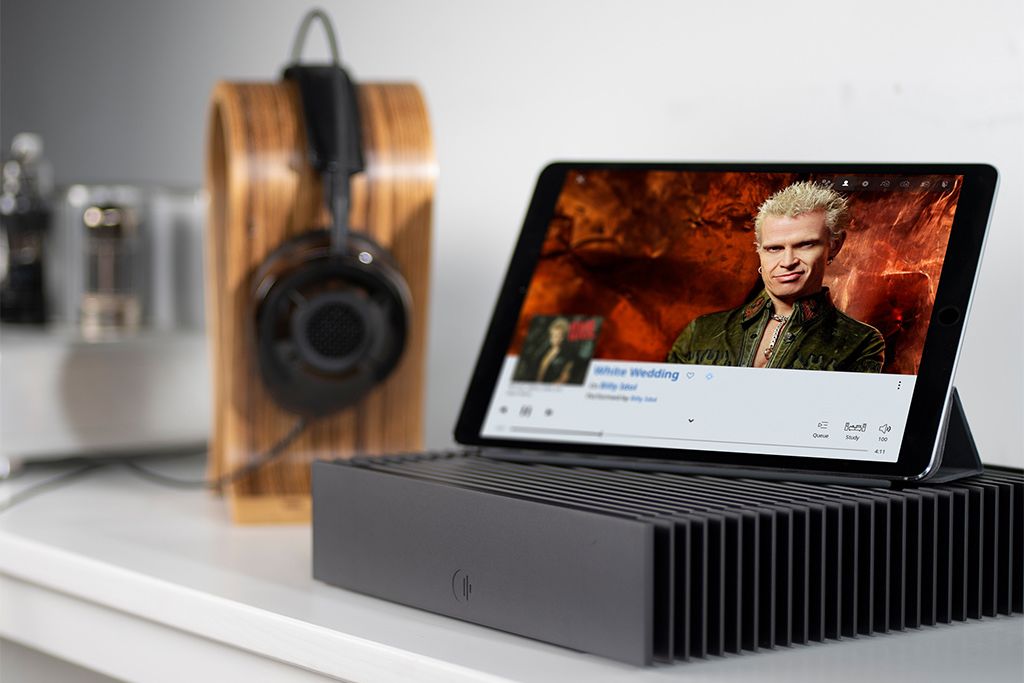
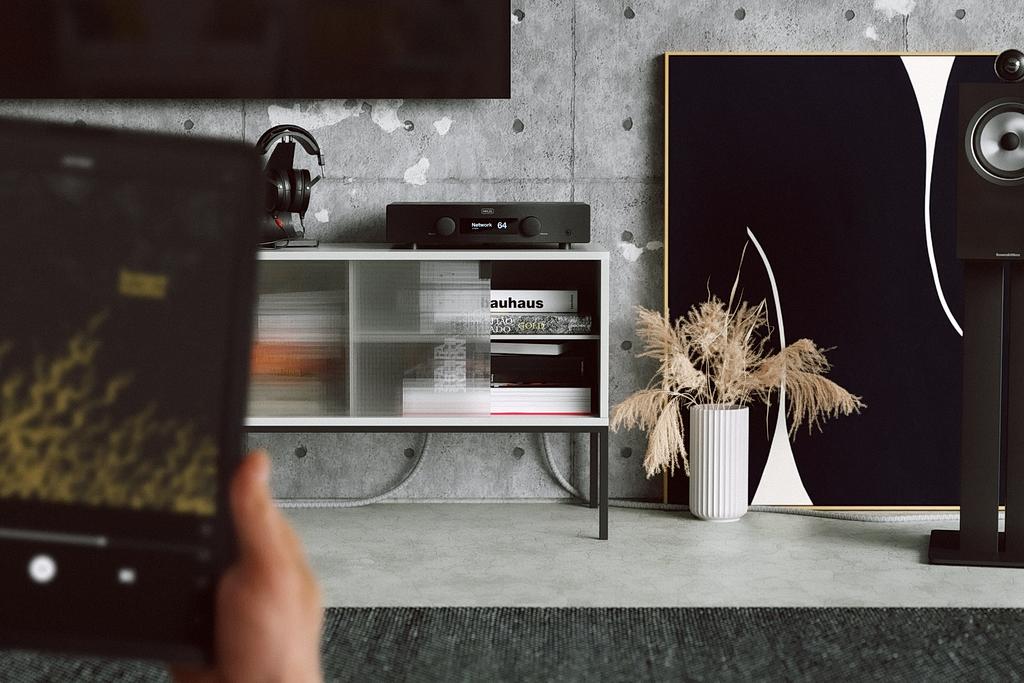

Conclusion
Every option has its supporters and opponents. Price, convenience, and functionality are probably the decisive factors. Simple connection via Bluetooth or a jack-to-RCA cable has its advantages, but it's almost unacceptable for the true audiophile - just because of the poor sound quality. The sound card is a nice and practical idea. It also gives the sound comparable to budget or even middle-class D/A converters. But it's a solution only for those who have a desktop computer. The DAC has probably the best price to performance ratio and it's quite a practical option. Network players are designed for people who... Don't want to use a computer at all. The convenience of using streamers depends on personal needs and the size of the wallet. Perhaps it is simply better to use the computer as a major source of sound in the audio system.


